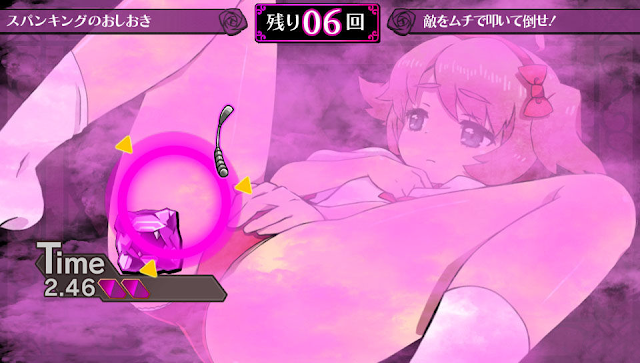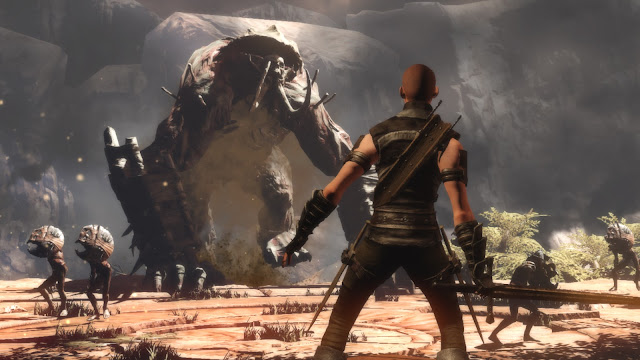Opinion by Matt S.
I am playing an Earth Defence Force game for the first time with Earth Defence Force 4.1 on the PlayStation 4. Yes, I know I probably should have played one of these games sooner because, yes, they fall right smack bang into the category of ‘games wot I like to play, innit?’, But for whatever reason, I’ve only just now had the chance to give the series a whirl. I’m glad I’m catching up. This game is incredible.
Earth Defence Force 4.1 is incredibly Japanese, it’s incredibly humorous, and it’s also incredibly B-grade. It’s completely evident as I play that I’m not exactly playing Uncharted 4, Overwatch, or any other big blockbuster shooter you can think of. I’m aware that I’m playing a game that, on technical merit or design credentials, is inferior when compared to the titles that I’m meant to enjoy more than this, based on respective Metacritic ratings.
But, you know what? As far as I’m concerned, we need B-grade games like Earth Defence Force. And I prefer playing this to any of the AAA blockbusters that I have played for quite some time (well, except for perhaps Overwatch. Gosh that game). So I also don’t necessarily think it’s fair to mark a game down for being B-grade. I think these games should be celebrated, warts and all, for also being examples of unbound creativity.
To read on, log in to your DDNet Premium account:










